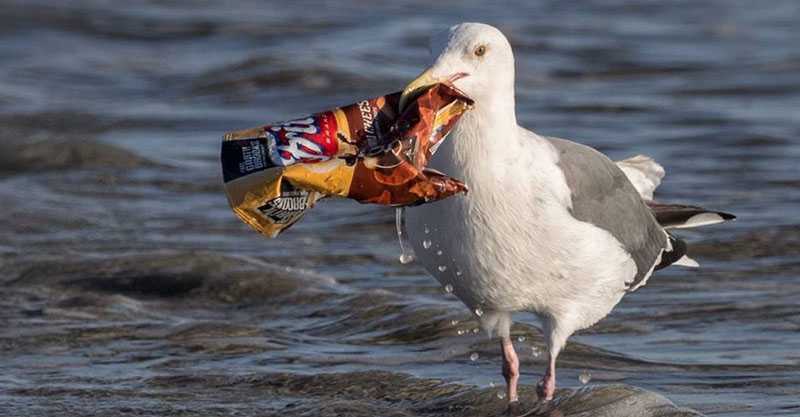
The sea plastic garbage is serious. The fish eat plastic people to eat fish, and people eat plastic. WWF pointed out that the average person in the world consumes 5 grams of micro-plastic per week, which is equivalent to one credit card per week. But the latest research pointed out that in addition to eating, people can breathe micro-plastic even if they breathe!
Entering north of 80 degrees north latitude, scientists found a large number of micro-plastics on the white, innocent, independent Arctic ice floes. Among them, the most plastic coatings on vehicles, buildings, and ships, followed by rubber, polyethylene for making PET bottles, plastic bags and plastic films, and nylon.
It is the uninhabited vast ocean between Greenland and the northernmost Arctic archipelago of Norway. Microplastics, how to travel to the end of the world?

“I think the main route of exposure may be the air we breathe,” said Melanie Bergmann, a marine ecologist at the Alfred Wegener Institute, in a recent study published in Science Progress on August 14.
Plastic particles come from the wind, breathing can suck into the plastic
Borgmann had previously conducted research on Arctic sea ice and found 12,000 plastic particles in 1 liter of sea ice. Which was supposed to be caused by seawater from distant human settlements? But the plastic particles in the snow show that they fall from the sky, and the snow “brushes” the plastic particles floating in the air. “Basically, plastic particles ride on the wind, omnipresent,” Bergman said.
This is not a hole in the wind. Past research has pointed out that the dust of the Sahara desert can travel thousands of miles with the wind and enter the Arctic. The micro-plastic, the volume may not be 1/80 of the dust, no one knows how far it can fly.
The 22 samples in this study, from the Arctic ice floes to the white snow on the Alps, are hard to escape from micro-plastic contamination. Arctic ice floes on the Fram Strait contain an average of 1,760 plastic particles per liter. At the center of the strait, there are 14,000 plastic particles per liter. The European region is as high as 24,600 per liter.
This number is not amazing enough? “I am sure there are still many plastic particles that exceed our detection limit!” Bergman said.
The human eye can see that the smallest particle is about 40 microns. The Fourier transform infrared spectrometer used by Bergman can detect a minimum of 11-micron plastic particles, about 1/7 of a hair. The results showed that more than 60% of the 11-micron particles in the snow were the largest. It is currently known that microplastics smaller than 25 microns can enter the human body from the nose and mouth. As long as it is less than 10 microns, it can easily travel in the human body, pass through the alveoli, enter the blood vessels, and swim between various organs, causing chronic inflammation and disease.

Plastic is ubiquitous, what is the impact?
Bergman and many contemporary researchers are trying to solve a mystery: the invisible micro-plastics, where they went. “Where did the plastic go? Because it is estimated that 8 million tons of plastic are thrown into the sea every year, but we only found about 1%.” Bergman said.
In addition to tap water, salt, beer, and plastics in seafood, research has confirmed that the farthest polar circle of the earth is covered with micro-plastic snow, and the rocky mountains are covered with micro-plastic rain. The air in Paris and Dongguan can absorb plastic particles. In the Pyrenees Mountains of Southern France, even if it is almost uninhabited, there are no industrial, commercial or large-scale agricultural activities. There are 365 micro-plastics per square meter. As if to spread a map of the world, scientists will spell out the micro-plastic poison tour.
“This is not just a single discovery. The Pacific Ocean covers half of the surface. Our research sites are located in the outer seas of Japan, Peru and Chile, thousands of kilometers apart. Now we can confidently say that plastic is everywhere, so don’t go any further. It’s a waste of time to confirm this, but to focus all of the efforts on the impact of these plastics,” said Alan Jamieson, a marine biologist at Newcastle University in the UK, in an interview with National Geographic magazine.
His research, published in the journal Royal Society Open Science earlier this year, found that in the deepest trenches of the earth, creatures are eating plastic debris
Don’t be hesitate if you like our reusable products, please contact me by the below information.
WhatsApp/WeChat:(+86)13246751686
Email:[email protected]

